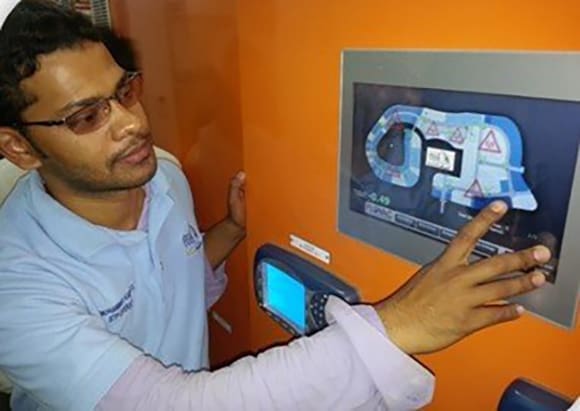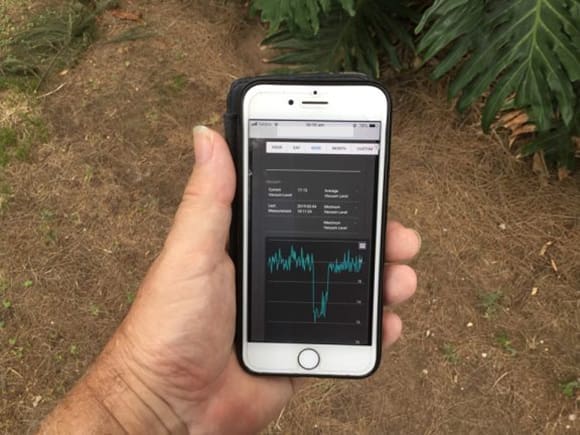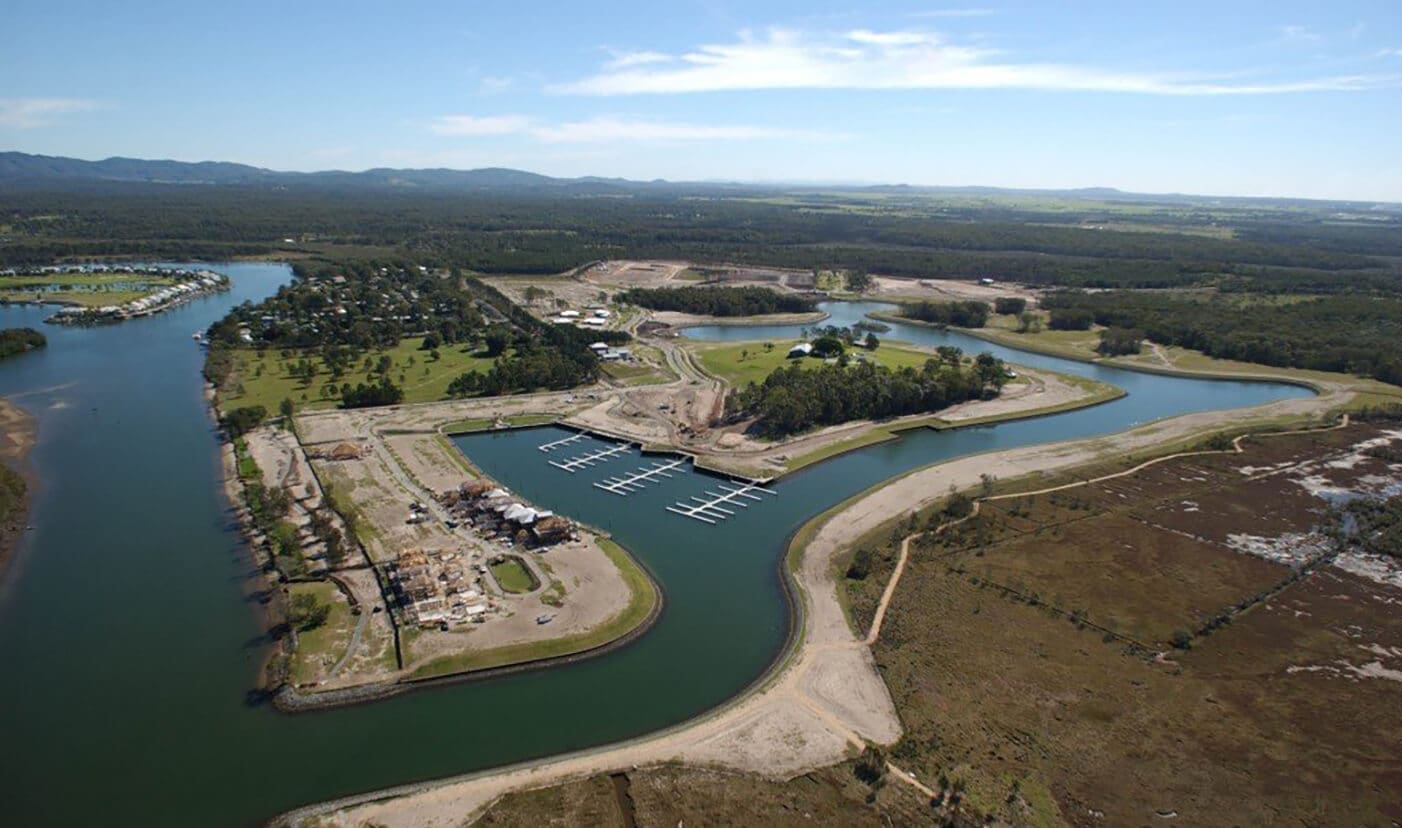 Flovac’s monitoring system highlights exactly why vacuum systems are starting to be the preferred sewer systems, even in areas where gravity-fed systems may be cheaper. Assets managers want control, and they want to know what is happening in their system. And Flovac can deliver on this.
Flovac’s monitoring system highlights exactly why vacuum systems are starting to be the preferred sewer systems, even in areas where gravity-fed systems may be cheaper. Assets managers want control, and they want to know what is happening in their system. And Flovac can deliver on this.
Imagine remotely changing the settings on your system to accommodate peak holiday events like the 4th of July or New Year’s Eve? Or to better handle severe storms and hurricanes from the safety of your home or desk? All of this is now possible.
Flovac’s innovative monitoring system user-focussed design, and product improvements, have reduced the problems that plagued many vacuum systems sold in the seventies and eighties.
A key challenge for operators is keeping track of what’s going wrong when callouts to a system are infrequent. Sewerage system operators want to rapidly know where a problem is, what the problem is and how to deal with it.
Asset Managers also need a clearer understanding of the performance of their sewerage system assets. They want the answers to questions like these. Do the operators need better training? Do assets need replacing or upgrading? What are the energy costs?


 Flovac’s monitoring system highlights exactly why vacuum systems are starting to be the preferred sewer systems, even in areas where gravity-fed systems may be cheaper. Assets managers want control, and they want to know what is happening in their system. And Flovac can deliver on this.
Flovac’s monitoring system highlights exactly why vacuum systems are starting to be the preferred sewer systems, even in areas where gravity-fed systems may be cheaper. Assets managers want control, and they want to know what is happening in their system. And Flovac can deliver on this. Sewer operators need and want to know;
Sewer operators need and want to know; All of Flovac’s operators love the convenience of getting all of the system’s operational information that they need directly to their smart phones.
All of Flovac’s operators love the convenience of getting all of the system’s operational information that they need directly to their smart phones.



